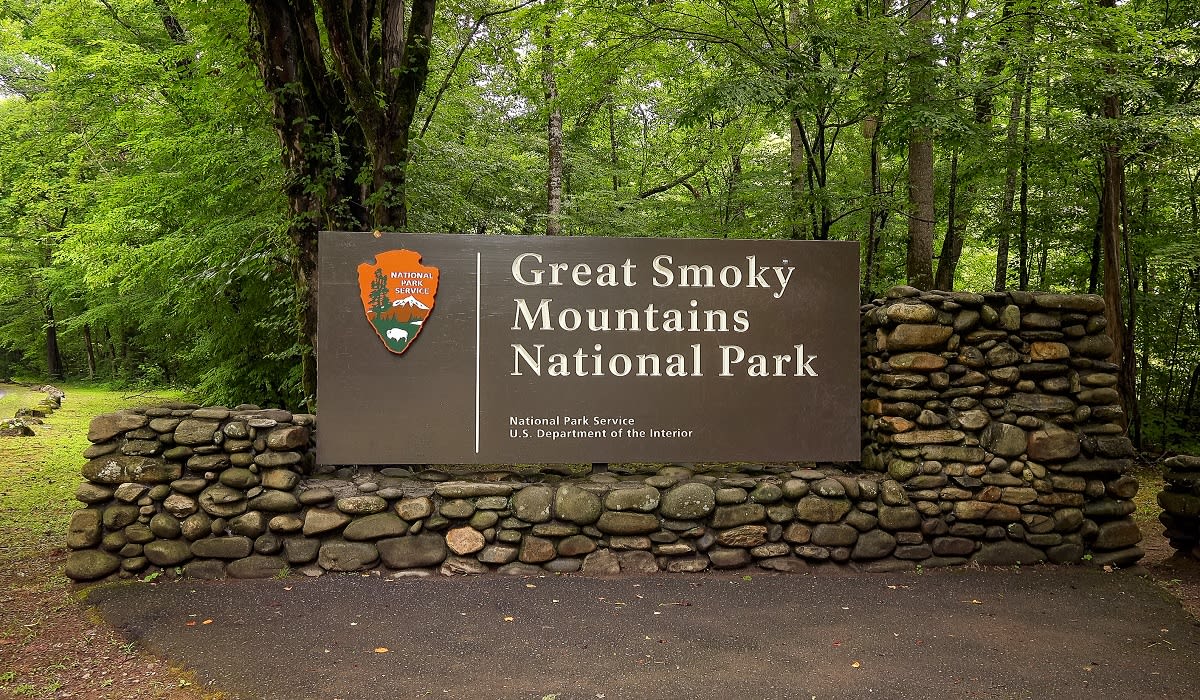Drugs, Not Bear Attack, Killed Tennessee Man in Great Smoky Mountains National Park
OutdoorHub Reporters 02.15.19

A Tennessee man whose body was discovered partially eaten by a bear in the Great Smoky Mountains National Park last year died of a methamphetamine overdose opposed to a bear attack, an autopsy recently found.
The body of William Lee Hill, Jr., 30, was found on Sept. 11 – four days after becoming separated from a friend while illegally digging up ginseng in the park – about 2 miles north of Cades Cove and about a half-mile from Rich Mountain Road. There were signs the body had been fed on by predators, but the team of searchers also encountered a black bear acting aggressively towards them – This is familiar behavior of a bear who “claimed” a kill.
According to the report, Hill was initially identified by his personal belongings and tattoos, which included a skull & crossbones, an AC/DC tattoo, and a Confederate flag with the inscription, “ITS A REDNECK THING!”
Because it wasn’t known for sure whether the bear had killed Hill, or fed on his body, a decision was made to sedate the bear and place a GPS collar on it pending further details into what happened.
“While the cause of Mr. Hill’s death is unknown at this time, after gathering initial evidence, consulting with other wildlife professionals and careful consideration, we made the difficult decision to euthanize this bear our of concern for the safety of park visitors and local residents,” Park Superintendent Cassius Cash stated in a news release.
But earlier this month, the Knox County Regional Forensic Center revealed Hill, in fact, died of “accidental methamphetamine intoxication,” National Parks Traveler reports.
Hill had a known history of drug use, and his body was evidently found near syringes and other drug paraphernalia.
It’s estimated Great Smoky is home to around 1,500 bears. Park officials work hard to prevent bears from becoming food-conditioned or habituated to high-use areas. Due to safety concerns for the park’s 11 million visitors, staff members implement aversive-conditioning techniques and, on rare occasions, euthanize individual bears that become a possible safety hazard.

